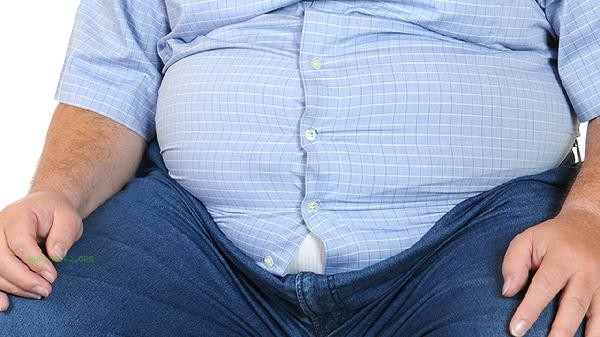Dieting to lose weight usually starts consuming fat after 3-5 days. The initiation time of fat breakdown is influenced by factors such as basal metabolic rate, dietary calorie deficit, exercise intensity, body fat percentage, and water balance.

1. Basal metabolic rate: People with high basal metabolism have faster fat mobilization. Individuals with higher muscle mass have greater resting energy expenditure, and after dieting, they prioritize the depletion of glycogen reserves, which can enter the fat supply stage in about 2-3 days. Individuals with lower metabolic rates may require 5-7 days to trigger significant fat breakdown.
2. Calorie Gap:
A daily calorie gap of 500-750 calories can accelerate fat metabolism. When glycogen reserves are depleted, it takes about 48-72 hours for the body to break down fat for energy. But a gap of more than 1000 calories may cause muscle loss and actually reduce fat burning efficiency.
3. Exercise intensity:
Moderate to high-intensity exercise can shorten glycogen depletion time. Aerobic exercise lasting more than 30 minutes, such as jogging and swimming, can directly promote fat oxidation. Combined with dieting, fat consumption can be advanced to 2-3 days. But excessive exercise may cause an increase in cortisol and inhibit fat breakdown.

4. differences in body fat percentage:
Individuals with high body fat percentage have more rapid fat mobilization. When the body fat percentage exceeds 25% for males/30% for females, an increase in blood ketones can be detected within 24 hours after dieting, indicating the initiation of fat breakdown. And those with normal body fat percentage need to switch to the energy supply mode for a longer period of time.
5. Water balance:
dehydration can delay fat metabolism. When the daily water intake is less than 1.5 liters, the metabolic efficiency of the liver decreases and the process of fatty acid oxidation is inhibited. Maintaining sufficient water intake can help enter a ketogenic state within 3 days and promote fat burning.
It is recommended to adopt a step-by-step calorie control approach, reducing daily intake by 300-500 calories in the initial stage, and combining it with impedance training to protect muscles. Arranging 1-2 days per week to restore dietary calories to a maintenance level can prevent metabolic adaptation. Choose high protein, high fiber foods such as chicken breast and broccoli to prolong satiety and avoid basal metabolic damage caused by extreme low calorie diets. Regular monitoring of changes in body fat percentage is more valuable as a reference than simply focusing on weight. The healthy rate of weight loss should be controlled within the range of 0.5-1 kilograms per week.




Comments (0)
Leave a Comment
No comments yet
Be the first to share your thoughts!